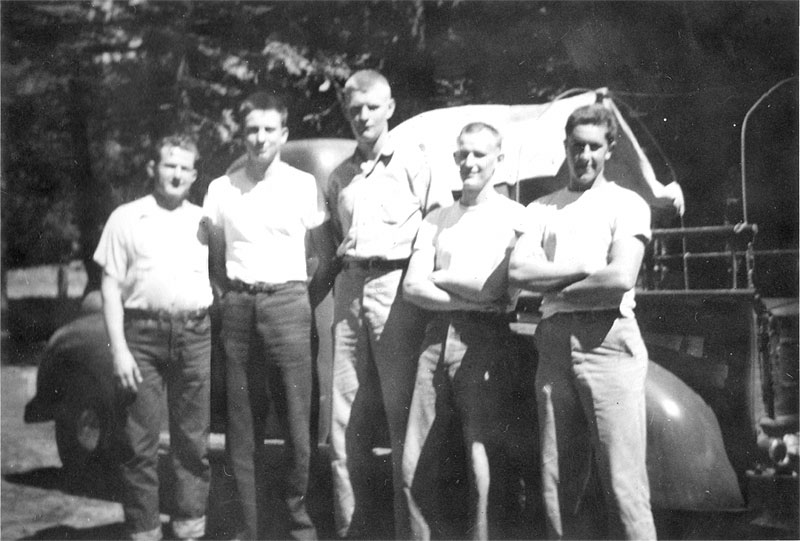 A cane toad, living in an evolutionary “Olympic village”? Photo by tubagooba.
A cane toad, living in an evolutionary “Olympic village”? Photo by tubagooba.This week at Nothing in Biology Makes Sense!, Devin Drown explains the population dynamics that crop up near the edge of a species’s geographic range:
One famous example of this phenomenon is found among invasive cane toads (Rinella marina) in Australia. In 2006, Phillips et al found that the toads at the leading edge of the expansion had longer legs making them primary candidates for high dispersal capabilities. Later, Lindstrom et al (2013) found (via radio collar measurements) that those toads at the front of the range were more likely to disperse than those at the encamped within the population.
To find out why biologists have compared life on the range edge to living in the athletes’ dormitory at the Olympics, go the whole thing.◼




